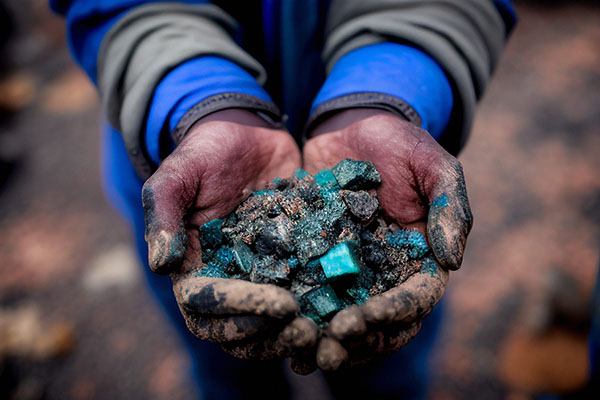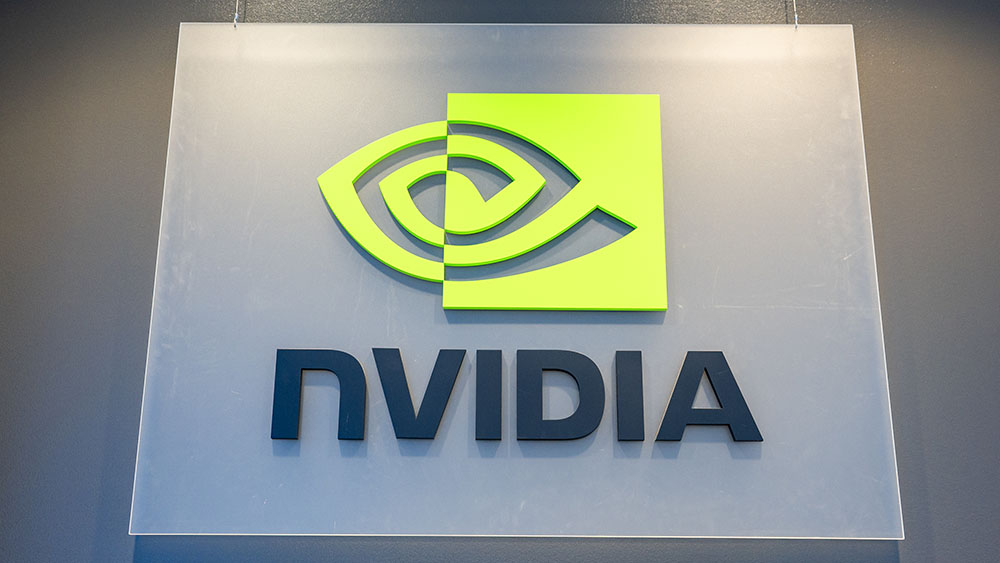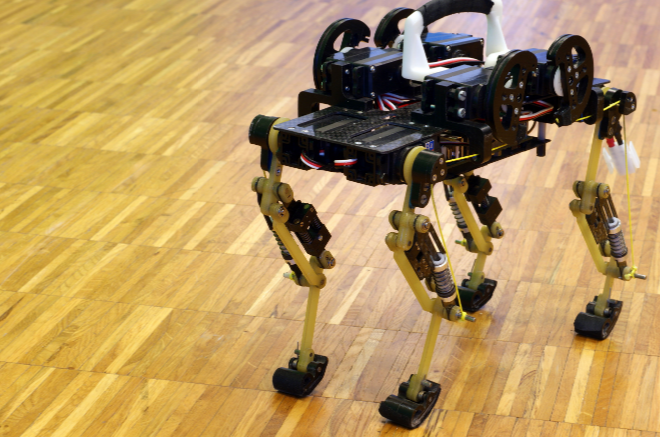China’s rare earth monopoly threatens U.S. robot and AI manufacturing
05/01/2025 / By Finn Heartley

- China’s Rare Earth Dominance: China controls over 90% of global rare earth production, including neodymium, dysprosium, and praseodymium—critical for AI-driven robotics, military tech, and medical devices.
- U.S. Vulnerability: The U.S. lacks domestic extraction and refining capabilities, risking its ability to scale advanced robotics and AI applications if China restricts rare earth exports.
- Key Mineral Dependence: Neodymium is essential for high-performance magnets in robotic actuators; without it, production of advanced robotics and electric vehicles would stall.
- Countermeasures Underway: The U.S. is securing alternative sources through deals with Ukraine and African nations, but China’s refining dominance makes breaking dependence difficult and slow.
- Geopolitical Risks: China has weaponized rare earth exports in past trade disputes; rising U.S.-China tensions could disrupt supply chains, crippling AI, drones, and renewable energy sectors.
A new investigative report has exposed a looming crisis for the United States’ ambitions in artificial intelligence (AI) and robotics: China’s near-total control over rare earth minerals essential for manufacturing advanced technology. With the U.S. heavily reliant on Chinese exports, experts warn that America’s ability to scale up AI-driven robotics—critical for military, medical, and industrial applications—is at serious risk.
The Rare Earth Chokepoint
At the heart of the issue is neodymium, a rare earth element vital for producing high-performance magnets used in actuators—the components that enable robotic movement. Without neodymium, the production of advanced robots grinds to a halt.
“If you don’t have neodymium, you can’t make actuators. And if you can’t make actuators, you can’t make robots,” warns Mike Adams, the Health Ranger, in a recent analysis. “Guess who controls the world’s neodymium output? China, with a near-monopoly.”
China currently dominates over 90% of global rare earth production, including dysprosium and praseodymium, which are also crucial for heat-resistant magnets in robotics and electric vehicles. The U.S., meanwhile, has fallen dangerously behind in domestic extraction and refining capabilities.
U.S. Efforts to Counter China’s Dominance
Recognizing the vulnerability, the Trump administration recently signed a mineral extraction deal with Ukraine, part of a broader strategy to secure alternative sources of rare earths. Similar negotiations are reportedly underway with African nations.
“Whoever makes the best robots—and the most robots—will dominate wars, economic competition, aerospace, and medicine,” Adams notes. However, analysts caution that these efforts may be too little, too late. Even with new mining agreements, China’s refining infrastructure and supply chain dominance mean breaking free from dependence will take years—if it’s possible at all.
The Broader Implications
The stakes extend far beyond robotics. AI development, military drones, medical devices, and even renewable energy technologies like wind turbines rely on these minerals. A supply disruption could cripple multiple industries, leaving the U.S. scrambling for alternatives.
Meanwhile, China has shown a willingness to weaponize its rare earth dominance. In past trade disputes, it has restricted exports to pressure other nations. With tensions rising between Washington and Beijing, the risk of such tactics being used again is high.
What’s Next?
The U.S. must accelerate domestic mining and processing capabilities while forging alliances with mineral-rich nations. But time is running short. As Adams puts it: “The race for robot supremacy is really a race for rare earth control—and right now, China is winning.”
For now, America’s AI and robotics future hinges on a precarious supply chain—one controlled by its greatest geopolitical rival.
Watch the May 1 episode of “Brighteon Broadcast News” as Mike Adams, the Health Ranger, talks about minerals deals, elemental crisis, Walmart, China and robots…it’s all connected.
This video is from the Health Ranger Report channel on Brighteon.com.
More related stories:
Trump’s critical Ukraine minerals deal nears completion
Putin offers rare earth minerals deal to U.S. amid Ukraine war tensions
Sources include:
Submit a correction >>
Tagged Under:
AI, aluminum, artificial technology, big government, Big Tech, biotech, chaos, China, civil unrest, cobalt, Collapse, conspiracy, control, corporations, economic collapse, Economic domination, economy, elemental crisis, foreign relations, market crash, metals, military, military aid, military tech, minerals, partnership, weapons technology
This article may contain statements that reflect the opinion of the author
RECENT NEWS & ARTICLES
COPYRIGHT © 2017 ROBOTICS.NEWS
All content posted on this site is protected under Free Speech. Robotics.News is not responsible for content written by contributing authors. The information on this site is provided for educational and entertainment purposes only. It is not intended as a substitute for professional advice of any kind. Robotics.News assumes no responsibility for the use or misuse of this material. All trademarks, registered trademarks and service marks mentioned on this site are the property of their respective owners.

















